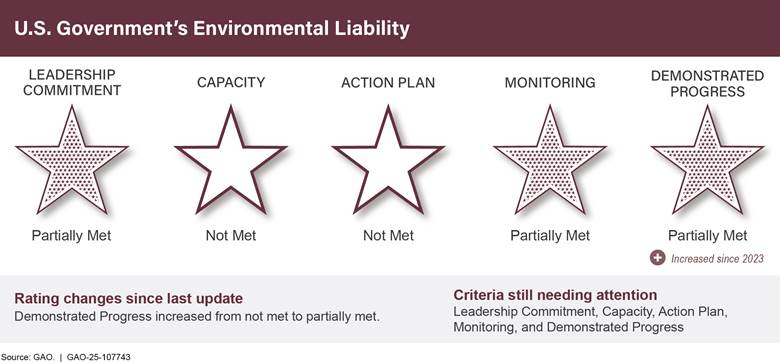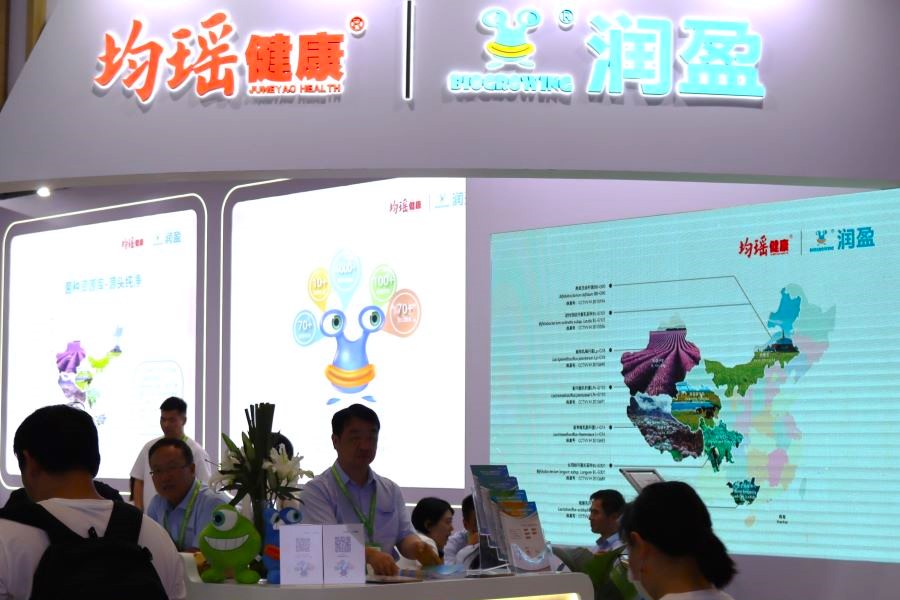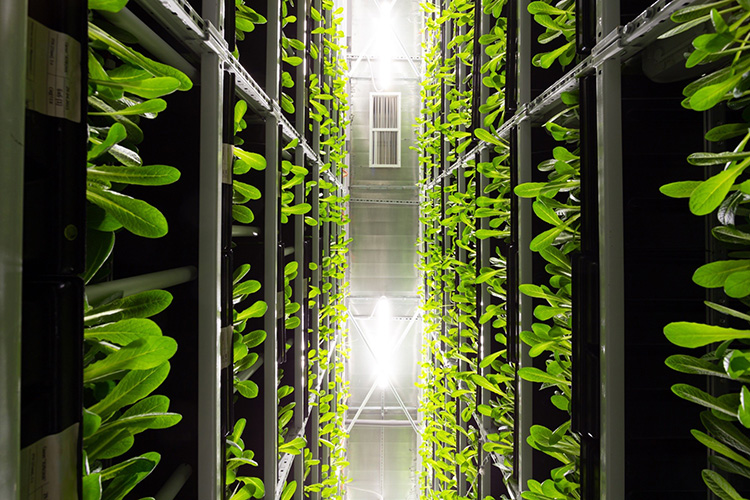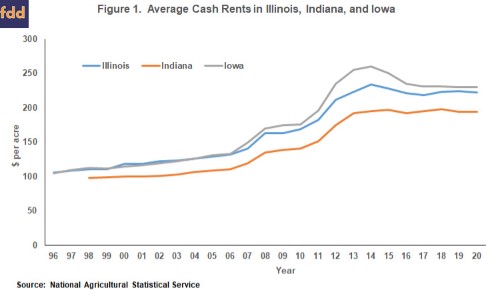
European Parliament Fast-Tracks Vote on EU Common Agricultural Policy Reform
Press release: 11 April 2024

Today, the European Parliament gave its green light to fast-track the vote on a last-minute reform of the EU’s Common Agricultural Policy (CAP), despite it jeopardising the EU’s ability to tackle the biodiversity and climate crises and the threat it poses to the future of farming.
The reform follows a legislative proposal put forward by the European Commission in the wake of the farmers’ protests that have taken place across Europe this year.
According to ClientEarth’s lawyers, the process that led to this reform proposal is unprecedented and undemocratic as it failed to respect basic EU standards of transparency, public participation and evidence-based decision-making. The Commission also breached its legal duty under the EU Climate Law by failing to assess the consistency of the CAP reform proposal with the EU’s 2050 climate-neutrality objective and the 2030 target, ensuring progress on adaptation.
ClientEarth lawyer Sarah Martin said: “Weakening the basic environmental requirements in the CAP in attempt to ‘fix’ systemic issues to the EU’s agri-food sector, will only aggravate the situation further, like rubbing salt in a wound. Undermining the elements of the CAP that are meant to preserve soils and biodiversity, will do nothing to improve the situation for farmers who are already feeling first-hand the effects of climate change and biodiversity loss. Pitting nature against farmers is a false dichotomy because there is no farming without nature.
“The undemocratic way this reform has been pushed through is equally shocking. The Commission has justified deviating from its own governance guidelines by claiming a “political urgency”, despite several farming unions having opposed the changes. This type of urgent procedure has only been used to deal with the COVID-19 pandemic and the war in Ukraine. Taking a crisis approach to adopt measures that require thoughtful consideration will expose farmers and people to major environmental and climate risks. These decisions should not be prepared and voted on in a matter of weeks, when doing so will have devastating repercussions.
“The European Parliament has refused to see the urgency to address the climate and biodiversity crises to safeguard farmers’ future and in the process has set an extremely worrying precedent for the future of EU decision-making.”
The European Parliament vote on the legislative proposal, which was presented mid-March 2024, is already due to take place during the last Plenary session of this mandate in April.
ENDS
Notes to editors:
- Farming unions sent a letter to the President of the European Commission, Ursula von der Leyen, opposing the proposal to reform the Common Agricultural Policy (CAP). The letter highlighted that they represent 50% of the farming organisations that were briefly consulted on the legislative proposal, but that almost none of their concerns have been heard.
About ClientEarth
ClientEarth is a non-profit organisation that uses the law to create systemic change that protects the Earth for – and with – its inhabitants. We are tackling climate change, protecting nature and stopping pollution, with partners and citizens around the globe. We hold industry and governments to account, and defend everyone’s right to a healthy world. From our offices in Europe, Asia and the USA we shape, implement and enforce the law, to build a future for our planet in which people and nature can thrive together.
SDGs, Targets, and Indicators Analysis
1. Which SDGs are addressed or connected to the issues highlighted in the article?
- SDG 2: Zero Hunger
- SDG 13: Climate Action
- SDG 15: Life on Land
- SDG 16: Peace, Justice, and Strong Institutions
The article discusses the reform of the EU’s Common Agricultural Policy (CAP), which has implications for food security (SDG 2), climate change (SDG 13), biodiversity loss (SDG 15), and democratic decision-making (SDG 16).
2. What specific targets under those SDGs can be identified based on the article’s content?
- Target 2.4: By 2030, ensure sustainable food production systems and implement resilient agricultural practices that increase productivity and production, that help maintain ecosystems, that strengthen capacity for adaptation to climate change, extreme weather, drought, flooding, and other disasters, and that progressively improve land and soil quality.
- Target 13.2: Integrate climate change measures into national policies, strategies, and planning.
- Target 15.1: By 2020, ensure the conservation, restoration, and sustainable use of terrestrial and inland freshwater ecosystems and their services.
- Target 16.7: Ensure responsive, inclusive, participatory, and representative decision-making at all levels.
Based on the issues highlighted in the article, these targets are relevant as they address sustainable food production, climate change integration, ecosystem conservation, and democratic decision-making.
3. Are there any indicators mentioned or implied in the article that can be used to measure progress towards the identified targets?
- Indicator 2.4.1: Proportion of agricultural area under productive and sustainable agriculture.
- Indicator 13.2.1: Number of countries that have integrated climate change measures into national policies, strategies, and planning.
- Indicator 15.1.1: Forest area as a proportion of total land area.
- Indicator 16.7.1: Proportions of positions (by sex, age, persons with disabilities, and population groups) in public institutions (national and local legislatures, public service, and judiciary) compared to national distributions.
While the article does not explicitly mention these indicators, they can be used to measure progress towards the identified targets. These indicators assess the proportion of agricultural area under sustainable practices, the integration of climate change measures into national policies, the forest area as a proportion of total land area, and the representation in public institutions.
4. Table: SDGs, Targets, and Indicators
| SDGs | Targets | Indicators |
|---|---|---|
| SDG 2: Zero Hunger | Target 2.4: By 2030, ensure sustainable food production systems and implement resilient agricultural practices that increase productivity and production, that help maintain ecosystems, that strengthen capacity for adaptation to climate change, extreme weather, drought, flooding, and other disasters, and that progressively improve land and soil quality. | Indicator 2.4.1: Proportion of agricultural area under productive and sustainable agriculture. |
| SDG 13: Climate Action | Target 13.2: Integrate climate change measures into national policies, strategies, and planning. | Indicator 13.2.1: Number of countries that have integrated climate change measures into national policies, strategies, and planning. |
| SDG 15: Life on Land | Target 15.1: By 2020, ensure the conservation, restoration, and sustainable use of terrestrial and inland freshwater ecosystems and their services. | Indicator 15.1.1: Forest area as a proportion of total land area. |
| SDG 16: Peace, Justice, and Strong Institutions | Target 16.7: Ensure responsive, inclusive, participatory, and representative decision-making at all levels. | Indicator 16.7.1: Proportions of positions (by sex, age, persons with disabilities, and population groups) in public institutions (national and local legislatures, public service, and judiciary) compared to national distributions. |
Behold! This splendid article springs forth from the wellspring of knowledge, shaped by a wondrous proprietary AI technology that delved into a vast ocean of data, illuminating the path towards the Sustainable Development Goals. Remember that all rights are reserved by SDG Investors LLC, empowering us to champion progress together.
Source: clientearth.org

Join us, as fellow seekers of change, on a transformative journey at https://sdgtalks.ai/welcome, where you can become a member and actively contribute to shaping a brighter future.






